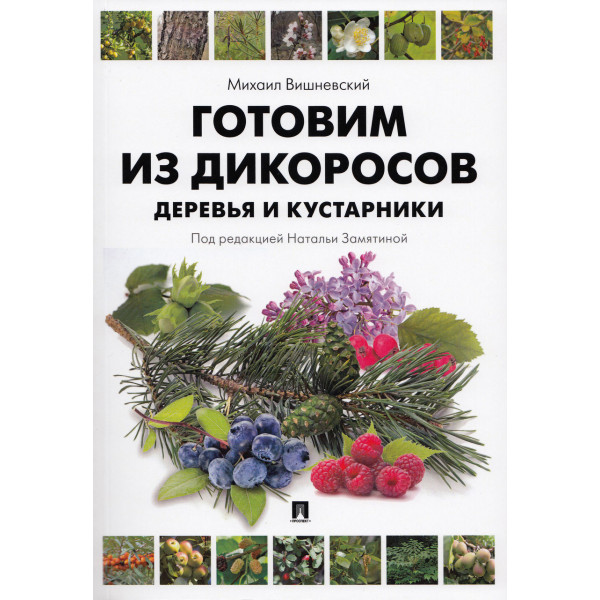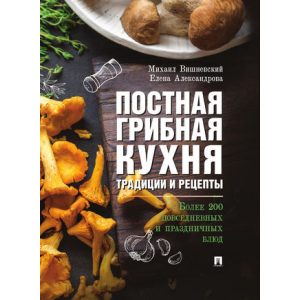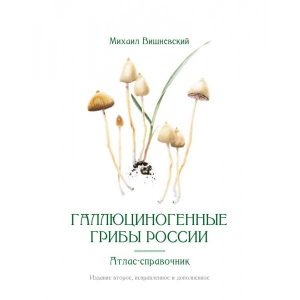WE COOK FROM WILD PLANTS. TREES AND SHRUBS
6600 ₸
This book continues the series “Cooking from Wild Plants”, dedicated to edible wild trees, shrubs, herbs, ferns, algae, fungi and lichens that can be found in the vastness of Russia.
The main task of the series is to orient the reader among the variety of edible wild plants, to tell which parts of these organisms can be collected and to show which methods of harvesting and culinary processing are best suited to them. The publication is a popular reference book and does not require the reader to have special knowledge of botany.
The proposed volume describes woody plants of Russia (trees, shrubs and lianas) with edible fruits, buds and flowers, green parts (buds, leaves, shoots), bark and juice, or containing edible resinous and sugary secretions. The selection also includes woody plants, certain parts of which are used as aromatic seasonings. Drinking plants are also mentioned, which are used by the population (and sometimes by the food industry) for the preparation of alcoholic and soft drinks, as well as as substitutes for tea and coffee.
In addition to describing the wild plants themselves, the book contains many recipes and practical recommendations that will be useful to the widest range of readers.
This book continues the series “Cooking from Wild Plants”, dedicated to edible wild trees, shrubs, herbs, ferns, algae, fungi and lichens that can be found in the vastness of Russia.
The main task of the series is to orient the reader among the variety of edible wild plants, to tell which parts of these organisms can be collected and to show which methods of harvesting and culinary processing are best suited to them. The publication is a popular reference book and does not require special knowledge of botany from the reader.
The proposed volume describes woody plants of Russia (trees, shrubs and lianas) with edible fruits, buds and flowers, green parts (buds, leaves, shoots), bark and juice, or containing edible resinous and sugary secretions. The selection also includes woody plants, certain parts of which are used as aromatic seasonings. Drinking plants are also mentioned, which are used by the population (and sometimes by the food industry) for the preparation of alcoholic and soft drinks, as well as as substitutes for tea and coffee.
In addition to describing the wild plants themselves, the book contains many recipes and practical recommendations that will be useful to the widest range of readers.






Reviews
There are no reviews yet.